
The Astrological Moon: Time of the Month
 At its core, the Moon embodies the passive and feminine aspects of existence. It’s a luminary that beckons us to look inward, inviting us to explore the depths of our subconscious mind. Like a mirror, it reflects not only the external world’s ever-changing light but also our inner emotions, desires, and fears. This reflective quality of the Moon serves as a reminder that our experiences are not solely influenced by the external environment, but also by our inner perceptions and responses. As the ruler of the unconscious mind, the Moon represents the patterns and behaviors etched into our being over time. Just as the Moon goes through phases, waxing and waning, we too experience cycles of growth and introspection, often tied to past experiences and learned behaviors. These patterns shape our responses to the present and color our perception of the world.
At its core, the Moon embodies the passive and feminine aspects of existence. It’s a luminary that beckons us to look inward, inviting us to explore the depths of our subconscious mind. Like a mirror, it reflects not only the external world’s ever-changing light but also our inner emotions, desires, and fears. This reflective quality of the Moon serves as a reminder that our experiences are not solely influenced by the external environment, but also by our inner perceptions and responses. As the ruler of the unconscious mind, the Moon represents the patterns and behaviors etched into our being over time. Just as the Moon goes through phases, waxing and waning, we too experience cycles of growth and introspection, often tied to past experiences and learned behaviors. These patterns shape our responses to the present and color our perception of the world.
The Moon’s affiliation with tribalism is deeply rooted. Throughout history, people looked up to the night sky and saw a celestial body that held sway over the nocturnal realm. It became associated with the concept of the Queen of the Night or the Goddess of Darkness, embodying the mysteries of the nighttime world and tapping into our primal instincts. In astrology, the Moon’s influence extends to the zodiac sign of Cancer, one of the water signs. This connection reinforces its ties to emotions, intuition, and the ebb and flow of the tides. Just as the Moon’s gravitational pull affects the ocean’s tides, it also affects the emotional tides within us, influencing our moods and responses.
Menstrual Cycle and the Sisterhood of Women
The Moon’s synchronicity with the menstrual cycle is a remarkable connection that underscores the profound relationship between the celestial and the earthly. The 28-day lunar cycle and the 28-day menstrual cycle in women have drawn parallels since ancient times. This association has further enriched the Moon’s symbolism as a symbol of womanhood, cycles, and the interconnectedness of all life. In various languages and cultures, the Moon and menstruation have shared terminology, highlighting their interconnectedness. Menstruation is referred to as the “moment de la lune” in French, which translates as “time of the Moon.” The Moon’s role in these cycles has shaped perceptions of femininity, rites of passage, and the innate connection between women throughout time. The monthly cycle is a natural phenomenon that prompts women to become more attuned to their bodies and their own unique rhythms. As the Moon waxes and wanes, so does the ebb and flow of a woman’s body. The monthly cycle holds a profound significance within the context of the collective sisterhood of women. Regardless of individual feelings or perceptions about it, the menstrual cycle unites women across cultures, generations, and time periods. It’s a shared experience that transcends borders and backgrounds, connecting women through the rhythms of life itself.
Moonlit Journeys: Tracing the Ancient Bonds Between Menstrual Cycles and Womanhood
Looking back through the annals of history, it’s evident that women of antiquity shared this connection with the Moon and their own cycles. In ancient times, the onset of menstruation marked a momentous occasion—a rite of passage that signified the transition from girlhood to womanhood. This transition was not just an individual experience but a communal one, as it signaled a woman’s integration into the tribe or community as a fully-fledged member. As women bled with the Moon, they collectively acknowledged their roles as life-bringers, sustainers, and nurturers. The rhythms of the Moon and the cycles of nature were reflections of their own cycles of creation, birth, and renewal. In this way, the Moon became a cosmic mirror of womanhood itself, reminding women of their intrinsic connection to the universe.
The Astrological Connection Between the Moon and Female Physiology
The stomach, breasts, and ovaries—important components of the female reproductive system—correspond astrologically to the Moon and Cancer. This alignment suggests that these parts of the body are intimately tied to the Moon’s cyclical rhythms. Many women experience physical sensations and changes in these areas in sync with their menstrual cycle, particularly in the days leading up to their period. The cramping sensation in the stomach and soreness in the breasts are commonly reported premenstrual symptoms. These physical sensations are thought to be influenced by hormonal fluctuations, primarily involving estrogen and progesterone. As the body prepares for menstruation, hormone levels shift, leading to changes in fluid retention, blood flow, and muscle contractions. These changes can contribute to the discomfort and tenderness that women often experience. Emotionally, the time leading up to menstruation—commonly known as premenstrual syndrome (PMS)—can also bring about mood swings, irritability, and emotional sensitivity. As the Moon goes through its phases, its gravitational pull affects the Earth’s tides, including the water within our bodies. Just as the Moon’s pull causes the ocean tides to rise and fall, it’s believed to influence the fluids within the human body, potentially contributing to the physical sensations and changes experienced by women.
Menstrual Cycle, Cravings, and Mood Changes
The portrayal of women’s emotional experiences during their menstrual cycles has been a topic of both curiosity and cultural representation for a long time. While individual reactions to hormonal fluctuations vary greatly, there are certain emotional and physical changes that some women may experience as a result of their menstrual cycle. It’s important to recognize that these experiences are influenced by a combination of biological, hormonal, and personal factors. Comfort eating, particularly indulging in cravings for chocolate, and heightened emotional responses are phenomena that some women might encounter as their periods approach. The link between mood and food, particularly the craving for chocolate, could be related to the neurotransmitters serotonin and dopamine, which play a role in mood regulation and reward systems. Chocolate consumption, for some, might be a way to temporarily boost these neurotransmitters and alleviate mood-related discomfort. The historical association of negative stereotypes with women’s premenstrual experiences has perpetuated the notion of women as being “emotionally insane” during this time. Such characterizations are neither accurate nor fair. They ignore the complex physiological processes at play and oversimplify the range of emotional responses that women can experience.
Menstruation’s Historical Taboos
Throughout various communities and periods of history, menstruation has been surrounded by mystique, superstition, and often misguided beliefs. In some communities, menstruating women were indeed isolated or secluded during their periods due to a combination of beliefs related to vulnerability, spiritual purity, and mysticism. These practices were often based on the idea that menstruating women had a heightened connection to mystical powers, both positive and negative, making them potentially influential or dangerous. The lingering superstitions and discomfort that some men may feel around menstruation are indeed reflective of the enduring influence of historical taboos, cultural norms, and misunderstandings. This discomfort can stem from a combination of factors, including societal conditioning, lack of education, and the perpetuation of myths and stereotypes. Historical attitudes and taboos surrounding menstruation have contributed to the perpetuation of negative beliefs and stereotypes about women’s bodies. This has resulted in misunderstandings and misinformation that have been passed down through generations. In some cases, these beliefs can lead to a fear or avoidance of the topic, even in modern times.
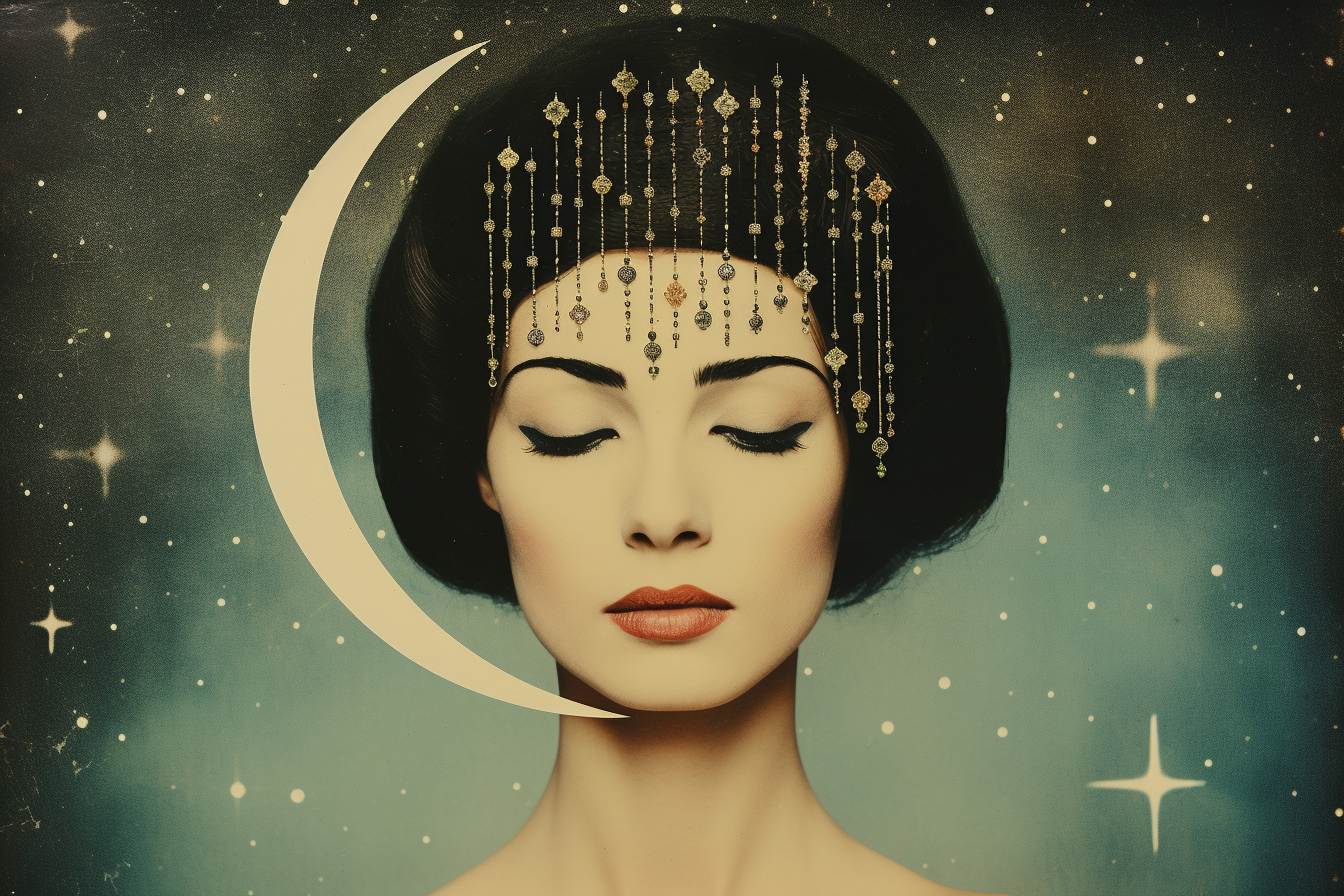




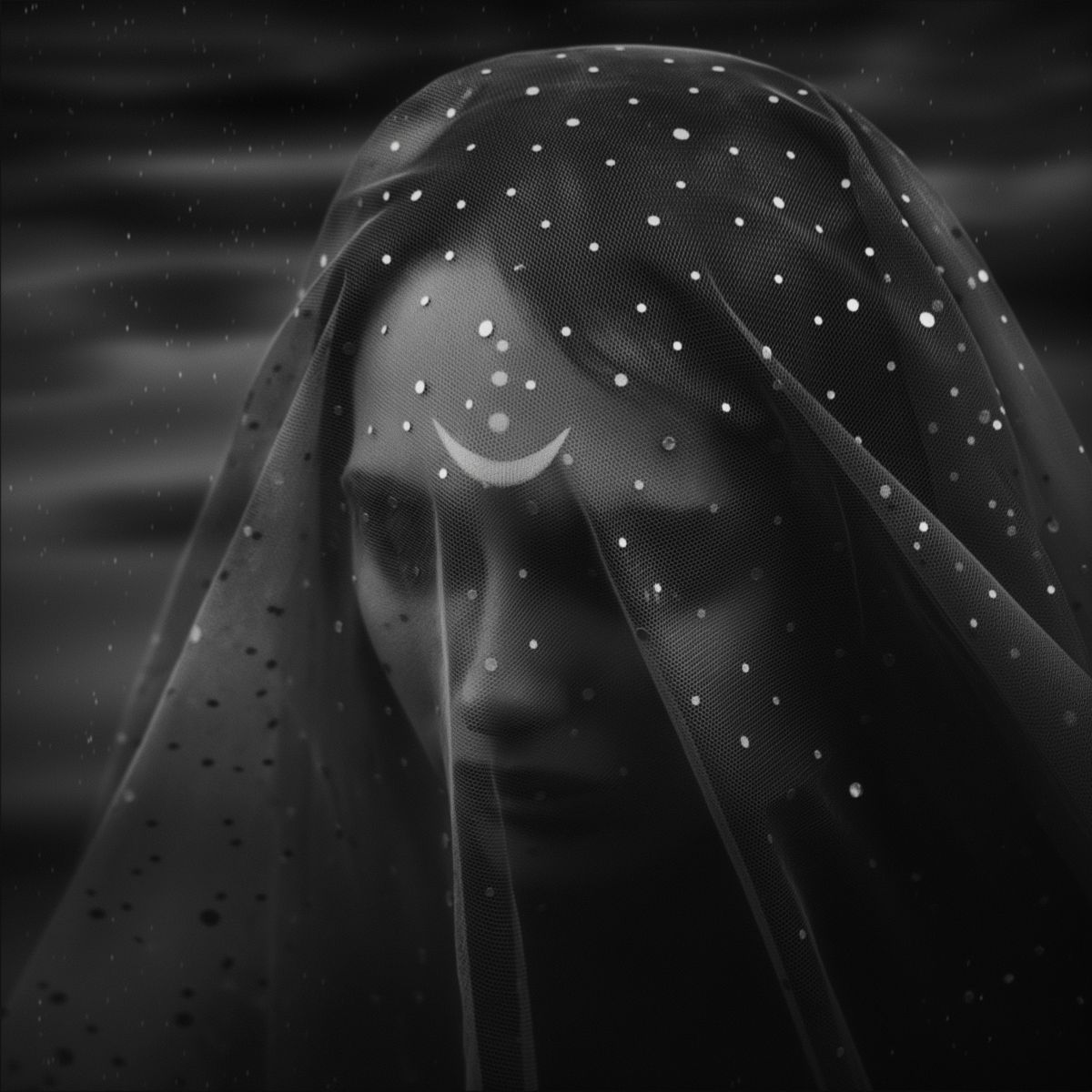





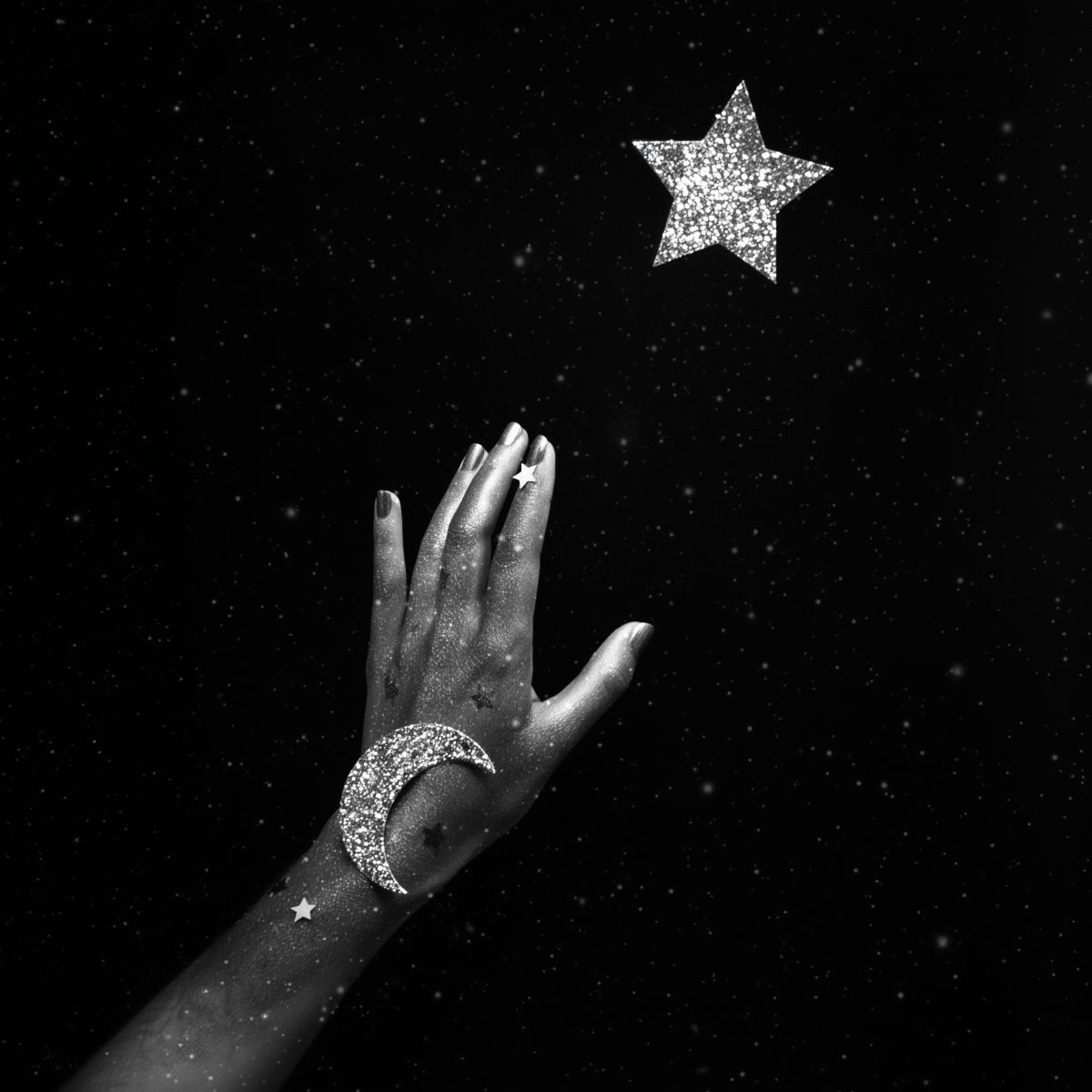


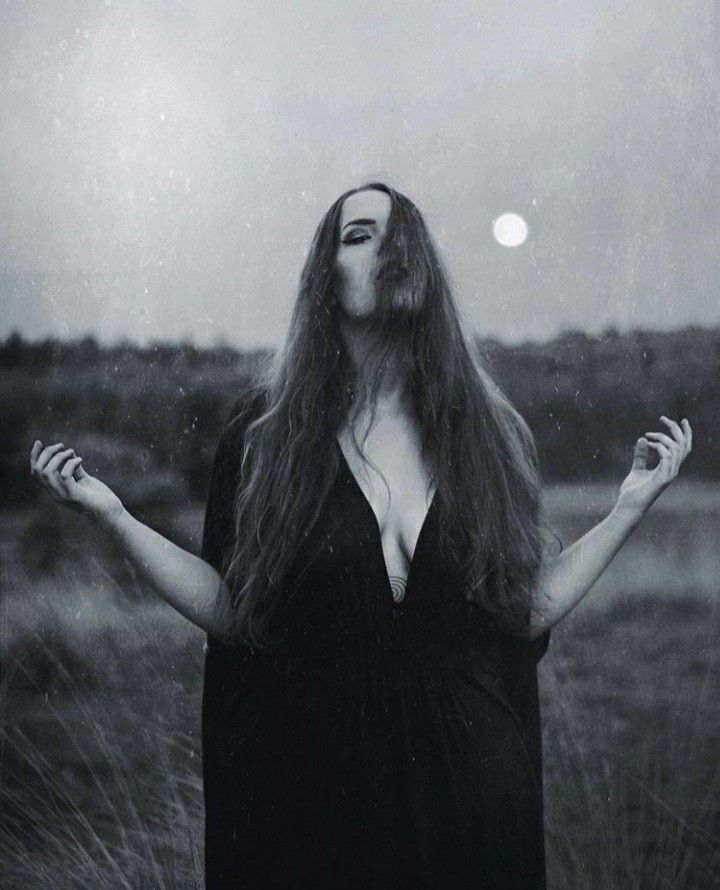
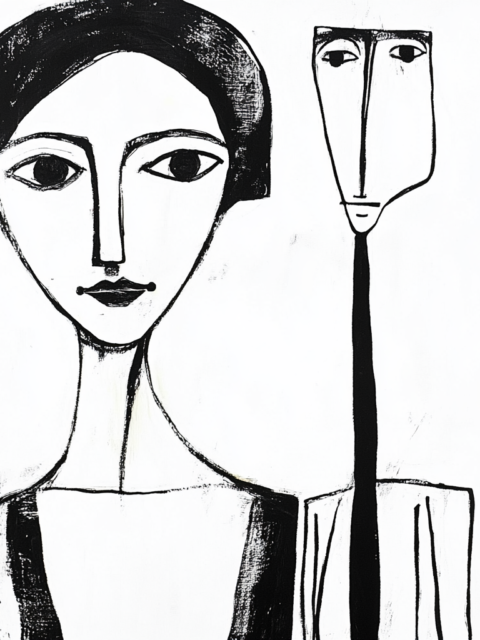
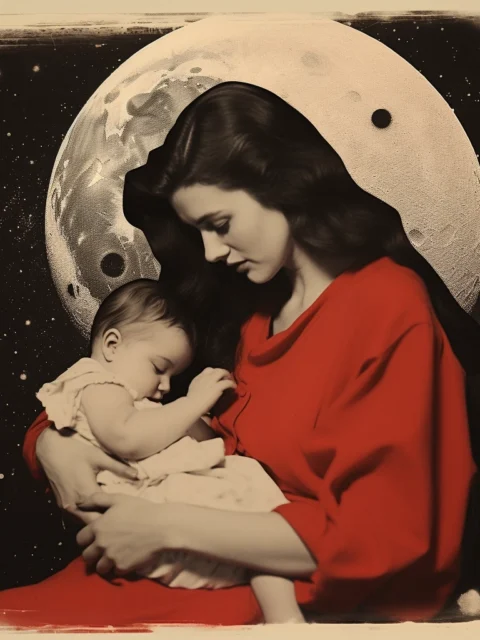

 Sun Square Pluto Synastry: You’ve Got That Power Over Me
Sun Square Pluto Synastry: You’ve Got That Power Over Me
 Scorpio’s Cold Withdrawal
Scorpio’s Cold Withdrawal
 Moon Conjunct Pluto Synastry
Moon Conjunct Pluto Synastry
 Venus-Pluto Synastry: A Love So Powerful That It Might Just Kill Them
Venus-Pluto Synastry: A Love So Powerful That It Might Just Kill Them
 Mercury Conjunct Venus Synastry
Mercury Conjunct Venus Synastry
 Mars Square Pluto Natal Aspect: The Unbreakable Spirit
Mars Square Pluto Natal Aspect: The Unbreakable Spirit
 Reflections on a Past Venus-Pluto Synastry Aspect
Reflections on a Past Venus-Pluto Synastry Aspect
 Mars-Pluto Synastry: Something Quite Dark and Dangerous
Mars-Pluto Synastry: Something Quite Dark and Dangerous
 Uranus Transits 8th the House: Rebirth from Chaos
Uranus Transits 8th the House: Rebirth from Chaos
 Venus Trine Mars Synastry
Venus Trine Mars Synastry
 Mars-Saturn Synastry: The Eternal Loop
Mars-Saturn Synastry: The Eternal Loop
 Composite Sun in the 8th House: Weather the Storm
Composite Sun in the 8th House: Weather the Storm
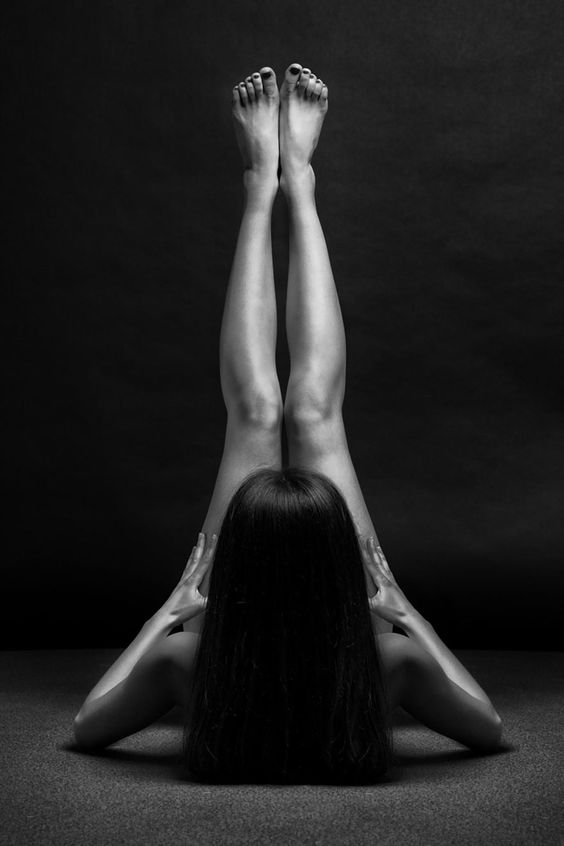 Mars in Aquarius: Sex drive
Mars in Aquarius: Sex drive
 Sun Conjunct Pluto Synastry: Enlightening or Annihilating
Sun Conjunct Pluto Synastry: Enlightening or Annihilating
 Venus Trine Pluto: Dark Desires
Venus Trine Pluto: Dark Desires
 Mars Conjunct Pluto Synastry
Mars Conjunct Pluto Synastry
 Moon Opposite Uranus Natal Aspect
Moon Opposite Uranus Natal Aspect
 The Watery Gardeners: Cancer, Scorpio, and Pisces
The Watery Gardeners: Cancer, Scorpio, and Pisces
 Transiting Pluto Aspect Natal Mars: Are You Mad as Hell
Transiting Pluto Aspect Natal Mars: Are You Mad as Hell
 Moon Conjunct Pluto Natal Aspect: Emotional X-Ray Vision – Seeing Through Souls Since Birth
Moon Conjunct Pluto Natal Aspect: Emotional X-Ray Vision – Seeing Through Souls Since Birth